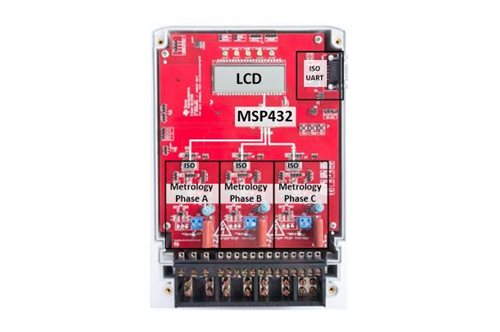SSZT768 march 2018

Everywhere you look, you can find references to “smart” things – smartphones, smart TVs, smart homes and even smart cities. The intelligence of the devices that surround us continues to increase, and perhaps that intelligence is most important in the utility systems that sustain our cities. The world’s electricity grids in particular are undergoing a revolution in the control systems that connect generating plants to factories, businesses and homes. What was once a network of electromechanical systems is becoming much more highly automated and driven by ever-more-intelligent devices. These devices form a smarter electric grid that supports a number of trends: from centralized to distributed energy generation; from unidirectional to bidirectional information flow; and from traditional, constant power generation to a variety of renewable generation sources that may change over time.
These smart-grid trends bring improved connectivity, improved robustness in the face of shifting energy demand and greater overall energy efficiency. Microcontrollers (MCUs) are at the core of many devices – such as data collection gateways, fault indicators, remote terminal units and smart meters – that are central to the smart grid.
In this technical article, I’ll discuss four important attributes of an MCU in smart grid/smart metering applications.
Large Integrated Memory
Low-power Operation
Accurate Sensing and Measurement
Unified Development Platform
Simplelink™ MSP432™ Mcus
 Figure 1 Setup for a smart meter with an MSP432 MCU
Figure 1 Setup for a smart meter with an MSP432 MCUAll features tie together with the SimpleLink software development kit (SDK), which enables a developer’s investment in one device to carry over into the entire product family of SimpleLink wired and wireless MCUs.
Additional Resources
- For more information on how SimpleLink MCUs can help with your MCU-based system, see the TI TechNote, “SimpleLink MSP432P4 – Smart Metering Host.”
- Check out the MSP432P4111 SimpleLink mixed-signal MCU, its LaunchPad™ development kit and the MSP432 SDK.
- See the Polyphase Shunt Metrology with Isolated AFE Reference Design.
- Read the application report, “Scaling Across the SimpleLink MSP432P4 MCU Family.”
- Watch the training video, “5.2 SimpleLink MSP432 Bluetooth Low Energy OTA with LZ4 Compression.”